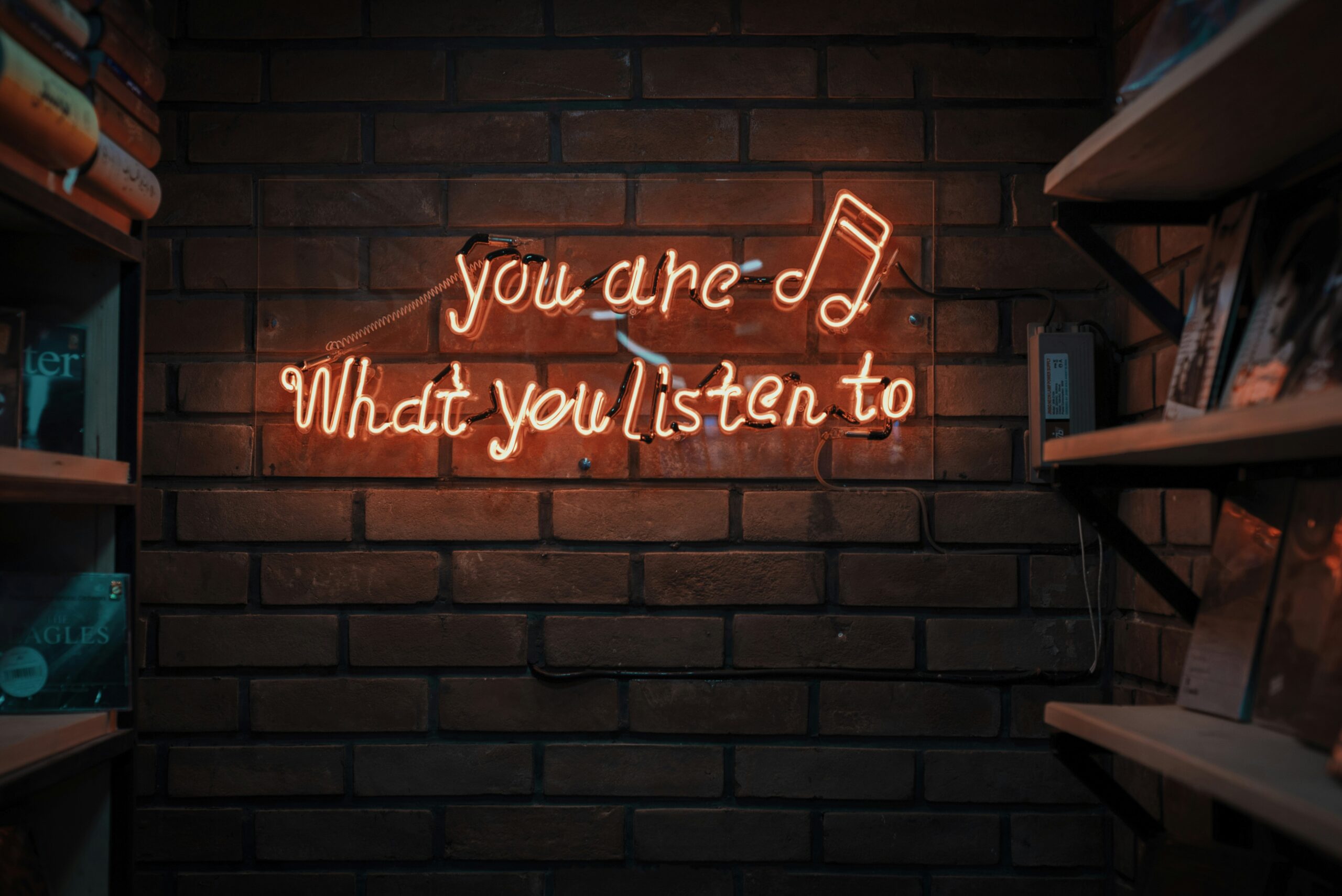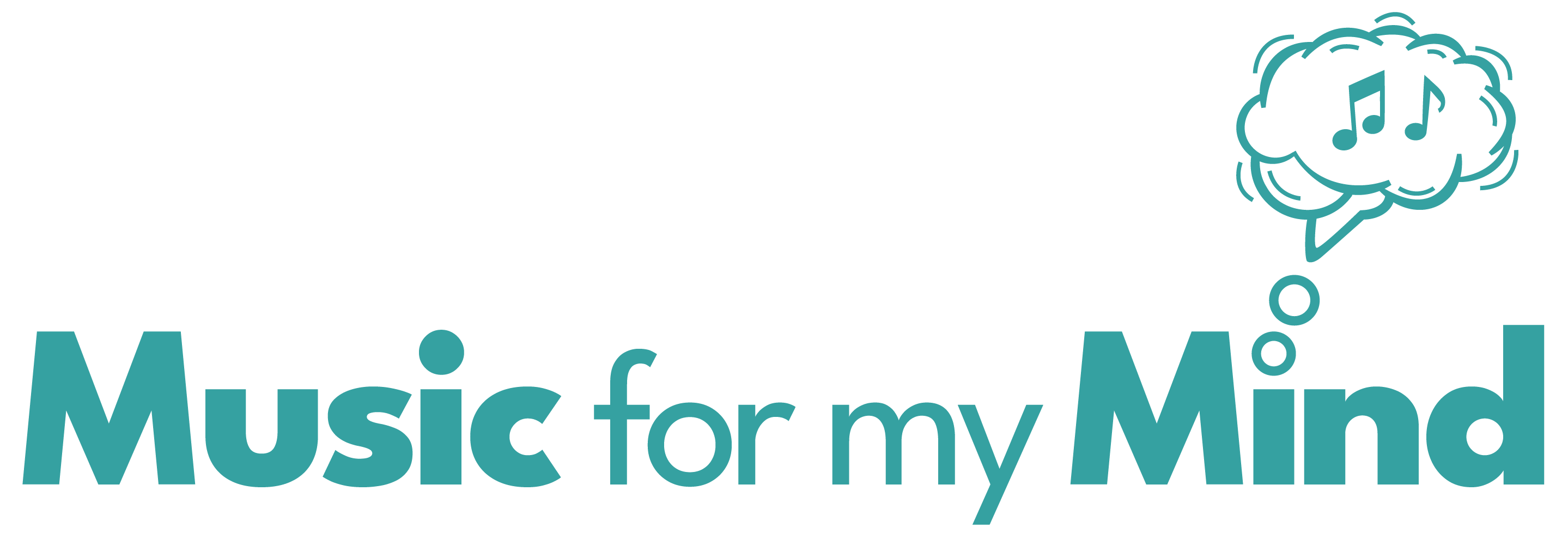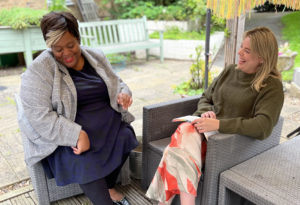
Unravelling the Mysteries of Musical Trends
Ever wondered how musical genres came about? How does the music make it to the charts? And what makes a song go viral? Our latest blog post reveals all!
Music—perhaps one of the most universal forms of human expression—has a unique power to transcend boundaries, evoke emotions, and bring people together. But how does a melody, a rhythm, or a set of lyrics transform from a simple creation into a cultural phenomenon? The world of musical genres, hit charts, and viral sensations is a fascinating labyrinth of creativity, influence, and chance.
The origins of musical genres
As Professor Simon Frith, a notable musicologist, reflects, “Genres are social constructs, shaped by culture, history, and the collective tastes of a society.”
Musical genres often emerge from a combination of cultural, social, and technological factors. Take, for instance, the birth of jazz in the late 19th and early 20th centuries. It arose from the fusion of African rhythms, European classical music, and the blues, shaped by the experiences of African American communities in the United States.
Fast forward to the rock ‘n’ roll explosion of the 1950s, which revolutionized popular music. Rooted in rhythm and blues, country, and gospel, this rebellious genre embodied the spirit of youth culture, with icons like Elvis Presley and Chuck Berry leading the charge.
The 1970s and ’80s brought the world of disco, punk, and hip-hop, each representing different subcultures and social movements. Discothèques throbbed with the pulsating beats of Donna Summer and the Bee Gees, while punk rockers challenged the establishment with raw, rebellious anthems. Hip-hop, born in the streets of New York City, became a voice for marginalized communities, blending rap, DJing, and graffiti into a cultural force.
"Music charts serve as a mirror to society's musical preferences. They not only reflect popular taste but also shape it, creating a feedback loop between artists and audiences."
- Dr. Jessica Hill, Music Historian
Rise of the charts: A musical barometer
The history of music charts is a tale of tracking the pulse of popular tastes. Billboard, founded in 1894, began publishing music charts in the 1940s, providing a snapshot of the songs capturing the public’s imagination. These charts evolved from simple sales rankings to complex algorithms that incorporate streaming data, social media buzz, and radio airplay.
Songs that climb these charts often share common traits that resonate with audiences. Catchy hooks, relatable lyrics, and memorable melodies are key ingredients. Think of the infectious chorus of “Bohemian Rhapsody” by Queen or the undeniable groove of Michael Jackson’s “Billie Jean.” These songs not only topped the charts but also embedded themselves into the collective consciousness.
But it’s not just about the music itself; timing and context play crucial roles. A song that captures the zeitgeist of a particular moment, reflects societal issues, or taps into universal emotions is more likely to strike a chord with listeners. Consider how Adele’s heartfelt ballads speak to themes of love and loss, resonating with millions around the world.
"Catchiness is about creating a musical 'earworm,' a melody or hook that lodges itself in the listener's mind."
- Dr. John Davis, Musicologist
Going viral: The anatomy of a hit
In the digital age, the concept of a “viral” song has taken on new meaning. Platforms like TikTok and YouTube have become launchpads for undiscovered talent and unexpected hits. The formula for a viral song often involves a combination of factors, including:
Clever marketing: Artists and labels strategically promote songs through social media campaigns, challenges, and collaborations.
User-generated content: Platforms like TikTok thrive on user creativity, with dance challenges and lip-sync videos propelling songs to fame.
Memorable moments: Whether it’s a catchy dance move, a hilarious meme, or a heart-warming story, songs that inspire moments of connection tend to go viral. Think “Candle in the Wind” by Elton John, released as a charity single following the death of Diana, Princess of Wales
Cross-genre appeal: Blending elements from different genres can create a fresh sound that attracts diverse audiences. Lil Nas X’s “Old Town Road” seamlessly combined country and hip-hop, becoming a global sensation.
In the end, the journey from a melody in someone’s mind to a chart-topping hit or viral sensation is a mix of talent, timing, and the unpredictable alchemy of human taste. Musical genres continue to evolve, cross-pollinate, and reinvent themselves, ensuring that the beat goes on for generations to come.
So, whether you’re grooving to the latest chart-topper or rediscovering a classic genre, let the melodies carry you on a timeless journey through the heart of music.
"One good thing about music, when it hits you, you feel no pain."
- Bob Marley
Read more stories on our blog
World Alzheimer’s Month – Jean’s Story
"Since staff discovered her love for music, Jean has come out of her shell and is attending activities daily." This World Alzheimer's month we bring you Jean's story.
World Alzheimer’s Month – Mary’s musical life
Mary's Alzheimer's diagnosis led her to discover our Playlist Maker and the memories came flooding back.
World Alzheimer’s Month – Lucy and her Grandma Margaret
MFMM's Research Assistant, Lucy, tells us about the magical time she spent with her grandma as she lived with dementia.
Interview with Care Home Manager, Coni – the impact of music on residents with dementia
"Music alone shall live, never shall die." Watch care home manager, Coni talk about feeding the spirits of the residents in her care with music.










